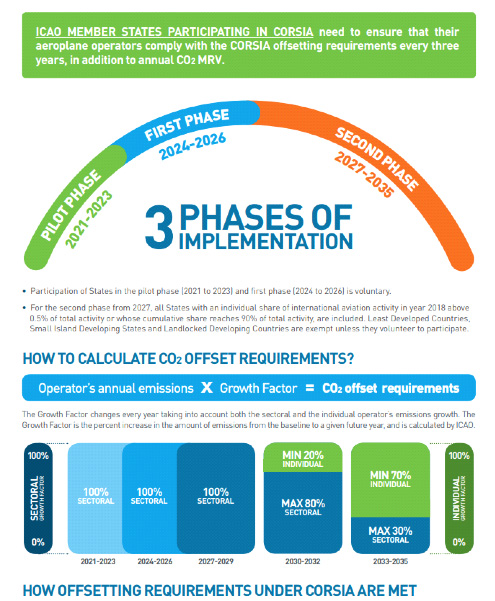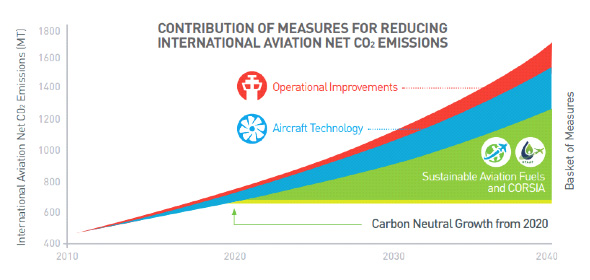The Need for Bio Jet Fuel
Unlike other transport sectors, civil aviation has no other energy alternative, such as solar power or electricity, and will have to use liquid fuels for the foreseeable future.
Emissions from international aviation are specifically excluded from the targets agreed under the Kyoto Protocol. This has led to some national environmental policies such as fuel and emission taxes for domestic air travel in the Netherlands and Norway, respectively. Although some countries tax the fuel used by domestic aviation, there is no duty on kerosene used on international flights at this moment. The EU is pressing ahead with its plans to include aviation in its effort to reduce greenhouse gas emissions (GHG).
Interview with Robert Boyd, IATA Senior Manager Sustainable Aviation Fuel:
Today global international aviation emissions are 70% higher than in 2005 and the International Civil Aviation Organization (ICAO) forecasts that by 2050 these could grow by a further 300-700%.
Sustainable aviation fuel (SAF) has the potential to reduce up to 80% of CO2 emissions compared to fossil fuel when used on a large scale. One would expect to see a flourishing SAF market, however, the reality is that this market is virtually non-existent because of the economics. Bio jet fuel is still two or three times more expensive than fossil fuel.
Agreement on CO2 emissions by international aviation
On October 6, 2016, the ICAO finalized an agreement among its 191 member nations to address the more than 1000 ton of carbon dioxide emitted annually by international passenger and cargo flights. The agreement will use an offsetting scheme called CORSIA (the Carbon Offsetting and Reduction Scheme for International Aviation) from which forestry and other carbon-reducing activities are directly funded.
The image explains the scheme which should be completed by 2035.
Under the agreement, the global aviation emissions target is a 50% reduction by 2050 relative to 2005.
To achieve this goal approximately 100 million-ton SAF per year would be needed at today’s global jet fuel consumption but less than 0.1 percent of this volume is produced today.
The products of jet fuel combustion
Similar to any pure hydrocarbon fuel, when pure jet fuel is burned under ideal conditions (with pure oxygen), its combustion by-products are carbon dioxide and water. In real world applications (less than ideal, and in the presence of air, which contains nitrogen) the combustion may also result in the trace release of carbon monoxide, unburned hydrocarbons (in gas and particulate form), oxides of nitrogen, and oxides of sulfur (as a direct function of how much sulfur is in the fuel).
Regulations exist that limit the amount of pollutants that can be produced. Jet fuel combustion produces ~3.16 pounds of CO2 per pound of fuel burned. These pollutants will need to be reduced.
The difference between jet fuel and automotive fuel
Automotive fuels for spark and compression ignition engines typically include gasoline (and/or alcohols) and diesel fuel. These fuels contain shorter and longer carbon chain lengths respectively, than jet fuel. The shorter chain lengths typically result in higher volatility, and the longer chain lengths typically result in a higher freeze point. These and other physical and performance-based property changes, make both types unsuitable for aviation use.
Automotive fuels are produced to their own unique specifications. Jet fuel is generally produced to tighter specifications than gasoline or diesel (e.g. to guarantee operability, eliminate contaminants, etc.). That is why jet fuel needs an industry specific solution.


